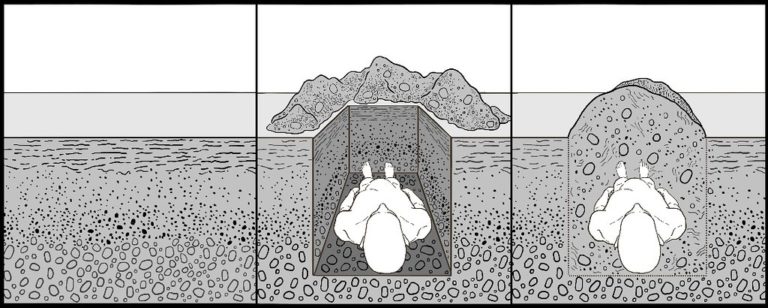
Reach your personal and professional goals
Unlock access to hundreds of expert online courses and degrees from top universities and educators to gain accredited qualifications and professional CV-building certificates.
Join over 18 million learners to launch, switch or build upon your career, all at your own pace, across a wide range of topic areas.


 Near Darwin, Argentine military cemetery. Immediately after forensic examination, bodies are placed in a new coffin and reburied at the same place where they had rested for 35 years. The remains and their resting places are treated with utmost care and dignity throughout the operation. (Photographer Didier Revol, Copyright ICRC).
Near Darwin, Argentine military cemetery. Immediately after forensic examination, bodies are placed in a new coffin and reburied at the same place where they had rested for 35 years. The remains and their resting places are treated with utmost care and dignity throughout the operation. (Photographer Didier Revol, Copyright ICRC).
 An archaeologist describes how to carefully excavate a body from a grave.
An archaeologist describes how to carefully excavate a body from a grave.
 A forensic anthropologist take a picture of a grave site.
A forensic anthropologist take a picture of a grave site.






